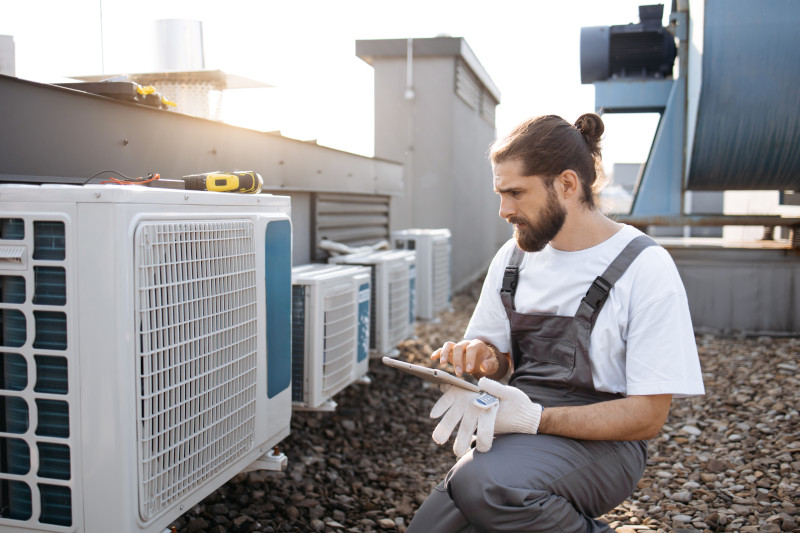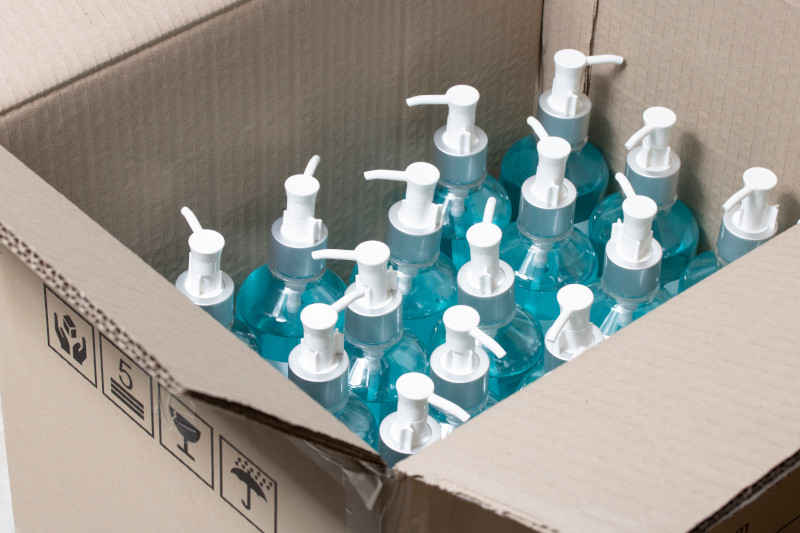Best practices for maintaining your HVAC system

One of the most important parts of maintaining a healthy school often remains invisible—unless, of course, something goes wrong. The heating, ventilation and air conditioning (HVAC) system is what keeps students and staff members comfortable both in the winter and summer, and what ensures everyone is breathing healthy air.
Your school’s maintenance staff is responsible for keeping the components of this system working, which includes both performing regular maintenance and bringing in contractors when issues arise.
The following are some of the most important practices you can follow when maintaining your HVAC system:
- Perform daily maintenance on your boiler system. When doing so, you should:
-
- Check the water level gauge glass.
- Turn off the burner control switch and watch for its response to flame.
- Perform a button blowdown to remove sludge and sediment. A blowdown is when you remove water from the boiler so you can get rid of all the debris that has built up.
- Watch the burner refractory cone for broken chunks or hot spots.
- Make sure to document all daily and preventive maintenance.
- Clean or change your air filters regularly. If your air filters are dirty, your heating and cooling system will have to work harder to circulate air throughout your building. You should check it once per month and either clean it or change it if it’s dirty. This will also significantly lower your school’s energy costs.
- Consider upgrading your HVAC system. According to the Government Accountability Office, about 36,000 schools in the United States need HVAC upgrades. If your system has not been upgraded in a while, it may not be running nearly as efficiently as it should. In a worst-case scenario, you could be circulating air that is making students and staff sick. Bring in a qualified contractor who can determine if you would benefit from an upgrade.
- Bring in outside air. While many systems simply recirculate air within the building to lower heating and cooling costs, this can result in low air quality. When you bring fresh air into the building, you can improve the air quality.
- Install a smart thermostat. Obviously, there are times when people are in and out of your school building—and there are times when no one is around for days. A smart thermostat can be controlled remotely and result in considerable energy savings over time.
- Get annual pre-season check-ups. During the fall and spring, it’s helpful to bring in an outside contractor who can check to make sure your heating or cooling system is running efficiently. A lot can happen to a heating system over the course of the summer, and the same can happen with an air conditioning system over the winter. It’s best to identify potential problems early.
With proper maintenance and care, your school’s HVAC system can run well for many years, providing a comfortable environment in which students can learn. For more safety and risk management information regarding building maintenance, check out these building and grounds risk resources.




